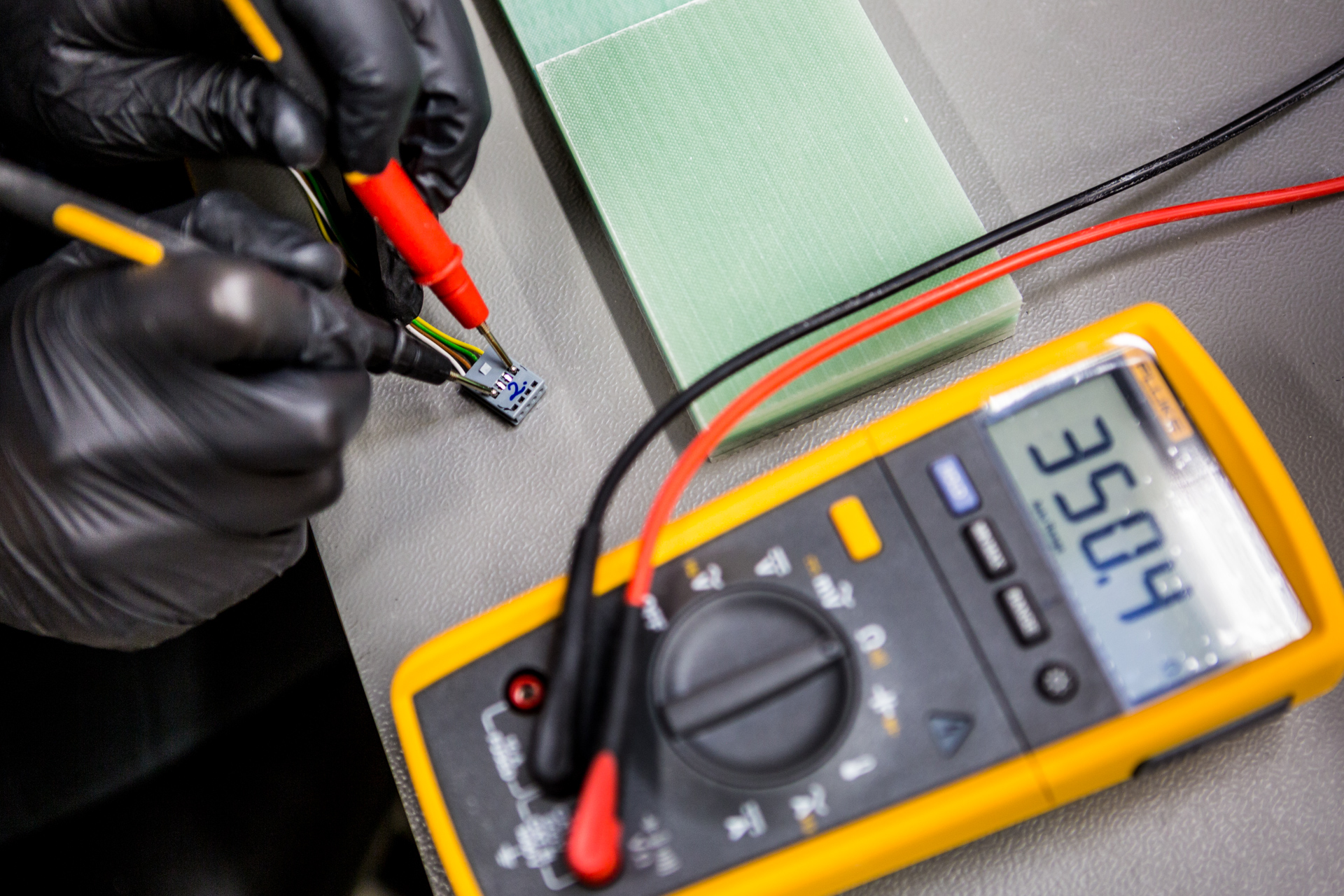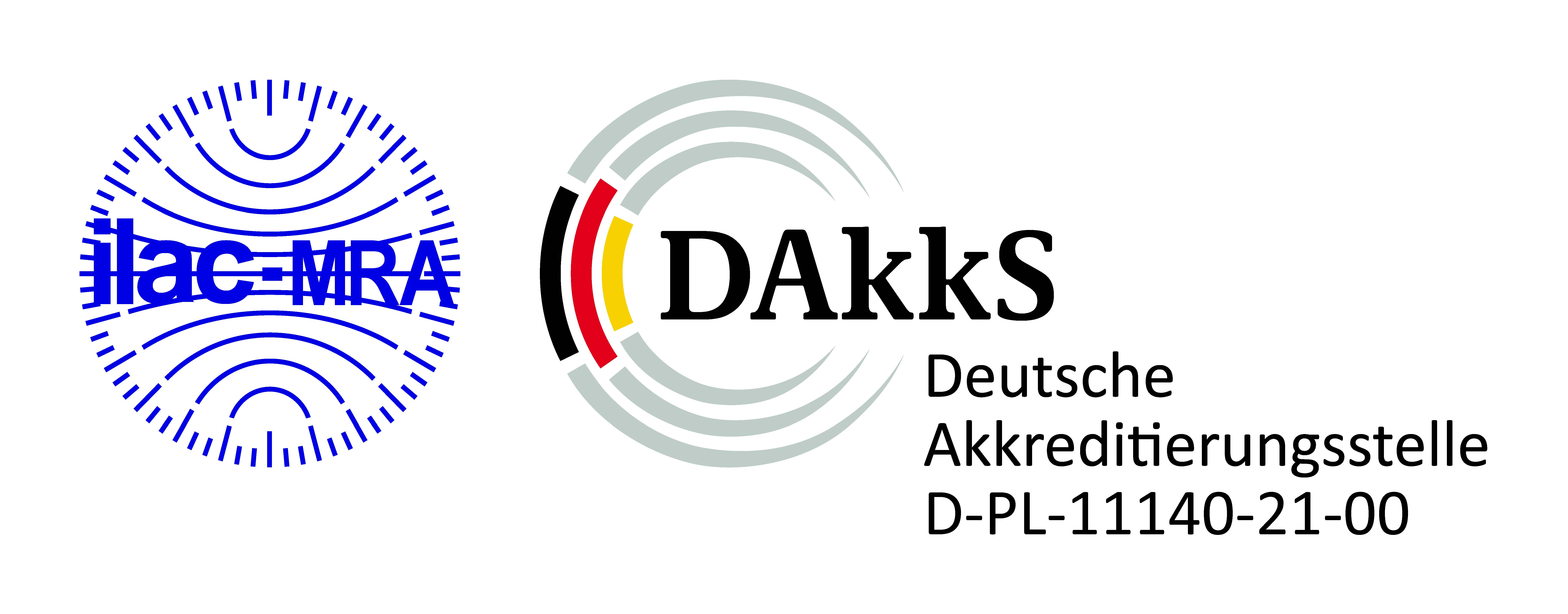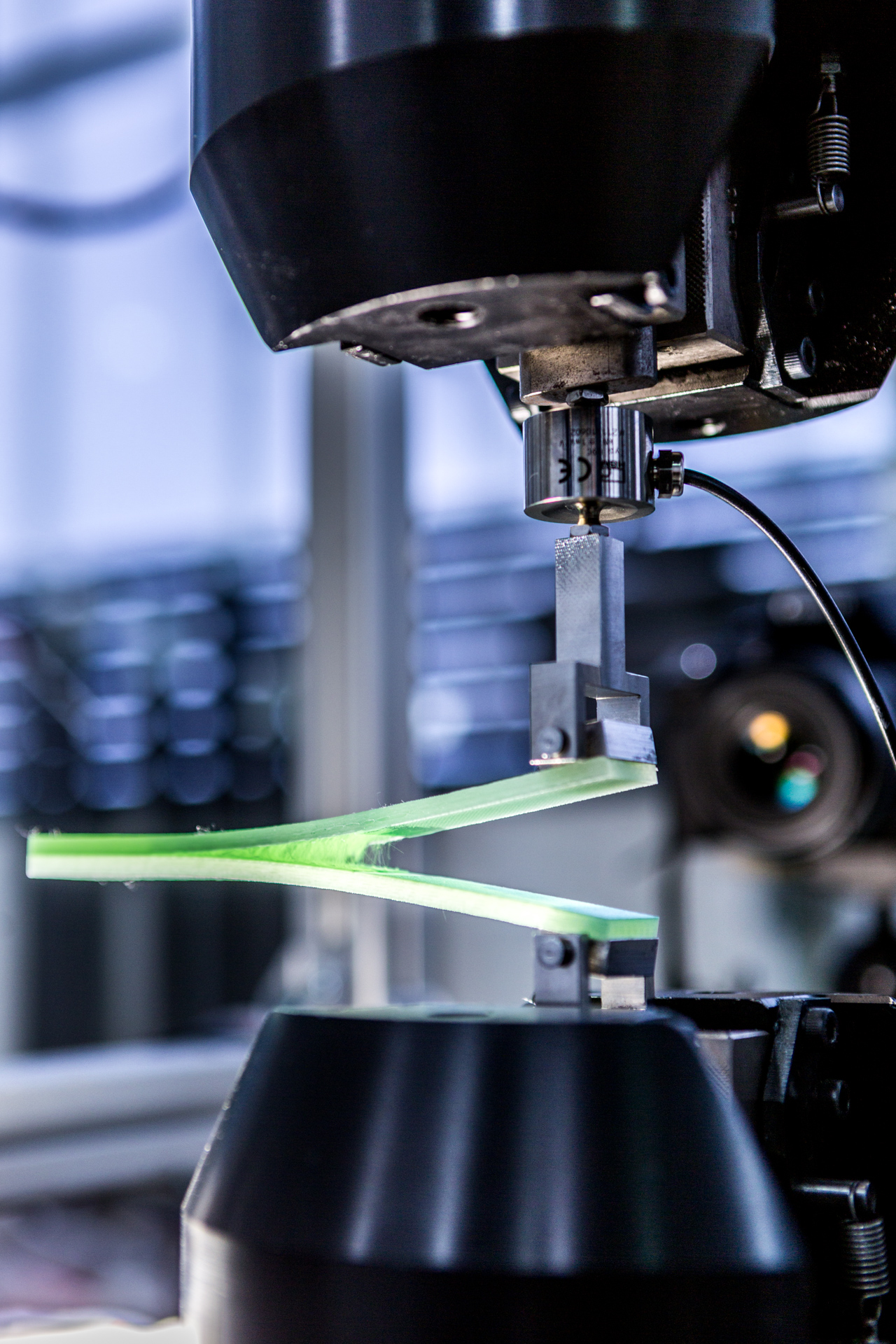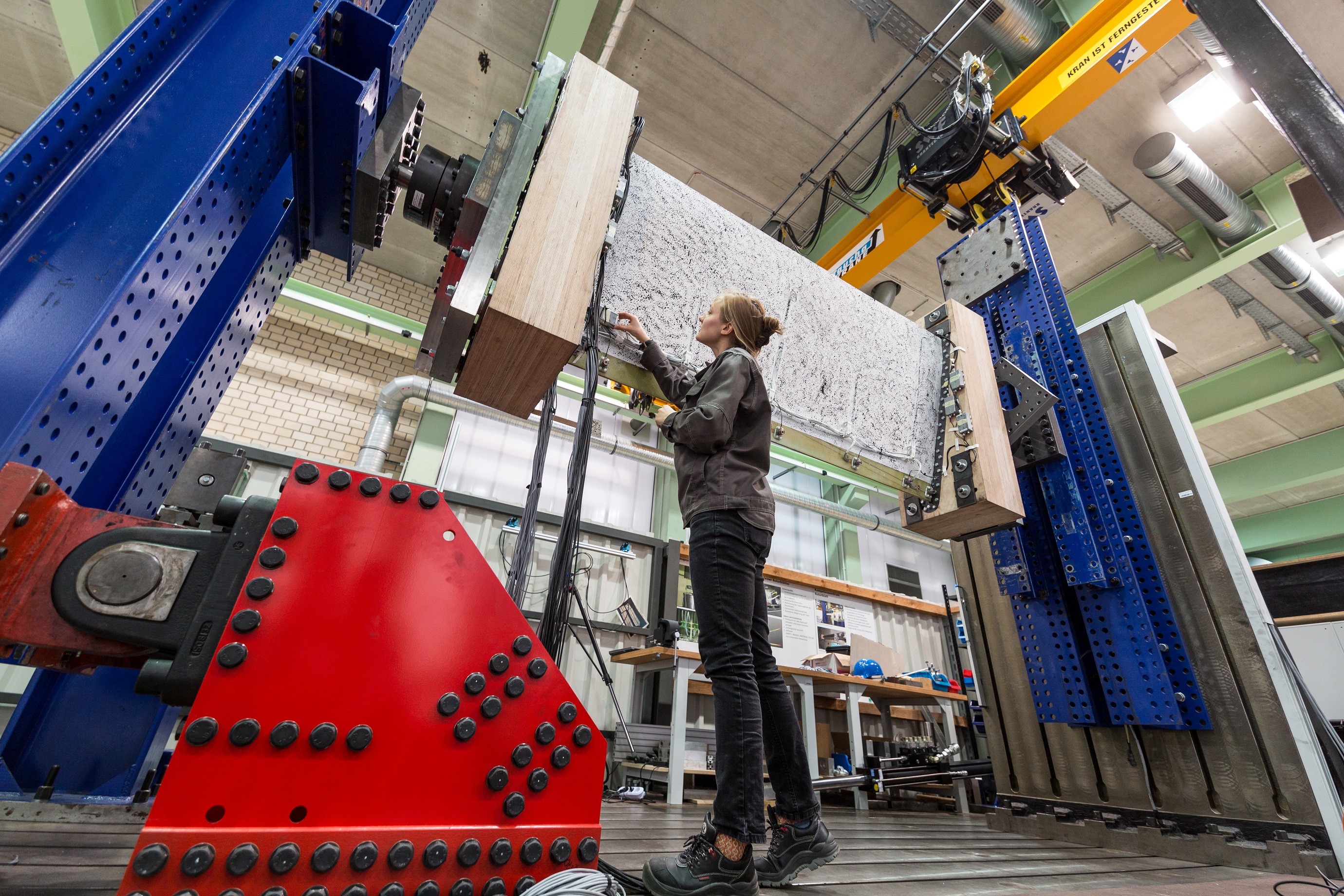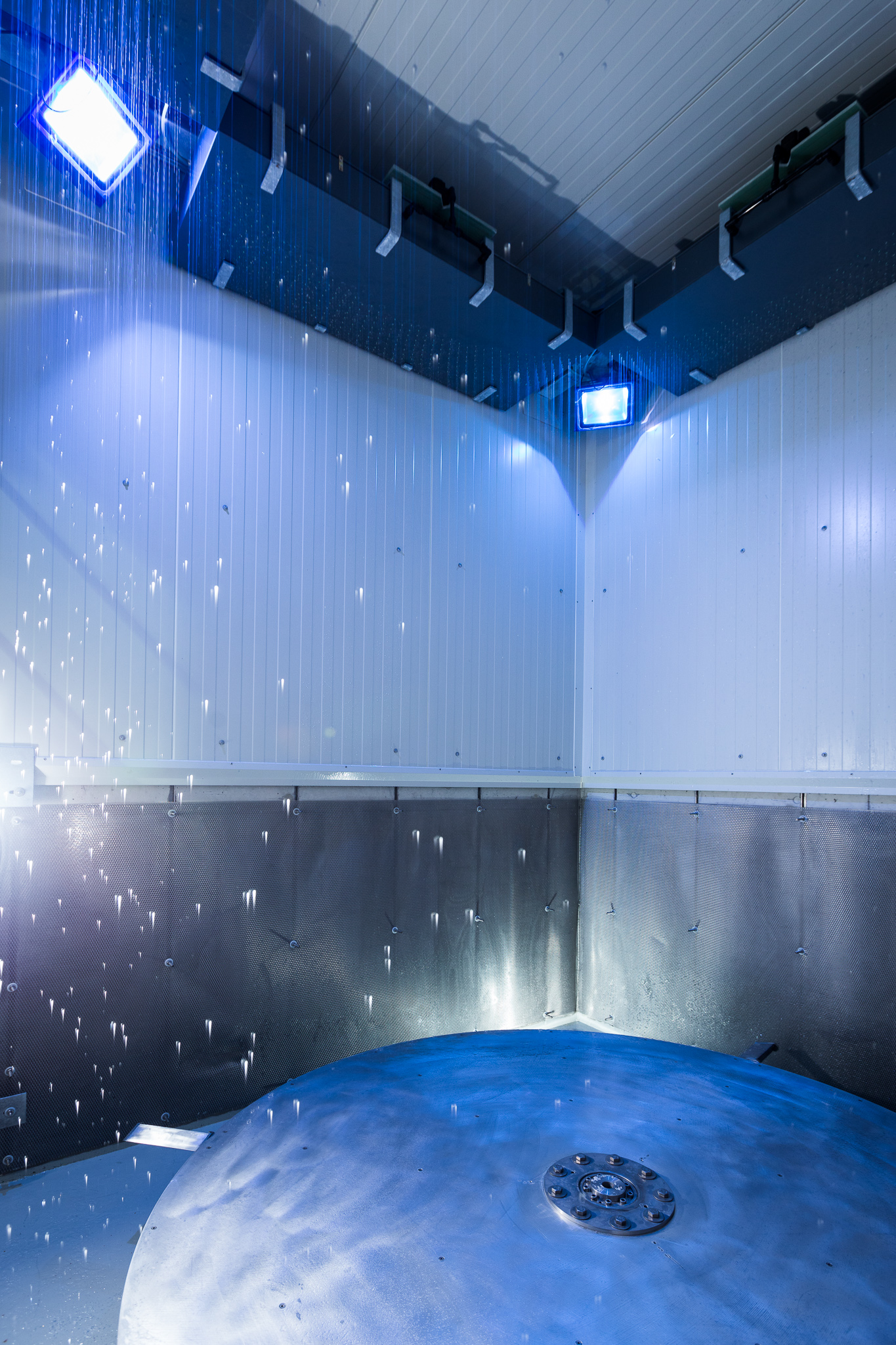The rotor blade tips of a wind turbine reach speeds in excess of 300 km/h in full load operation. At this speed, raindrops act on the surface like sandpaper. Even slight damage causes the surfaces to become rough at certain points, which reduces the aerodynamic efficency and thus affects the economic efficiency and the service life of the whole turbine.
Rain erosion test bench
The parts which are very seriously affected such as the leading edge of the wind turbine blade are therefore equipped with special protection systems, for example films or coatings – known as Leading Edge Protection (LEP). The problem: there is still no protection system which can survive rain, hail, temperature fluctuations, UV light, and humidity over the whole service life of a turbine. Hence, Fraunhofer IWES has been operating a rain erosion test bench since 2015 to better understand damage processes and derive effective protection measures. On the rain erosion test bench, substrates with different coatings are tested under a variety of conditions. The number and size of the drops, the point in time and frequency of the impacts, the temperature, and the UV irradiation can be controlled very precisely.
Development of damage models
A droplet impact system that can detect the position and the impact energy of the droplet strikes is currently under development. The complete test bench will be reproduced in a CFD simulation and the damage events will be documented with a laser-based inspection system and a high-speed camera. Also documented are the topology of the samples, and damage in the micrometer range. Developing a suitable material and damage model makes it easier to understand the processes on the material level. The results assist suppliers providing material for the rotor blade production to achieve optimum adaptation of their products to the practical demands. In 2018, the erosion test bench was expanded such that ice accretion tests can be carried out with a high degree of reliability
Equipment
- Max. speed: 550 km/h
- Temperatures: 4°C to 40°C
- Variable drop size: 1.5 to 5.5 mm
